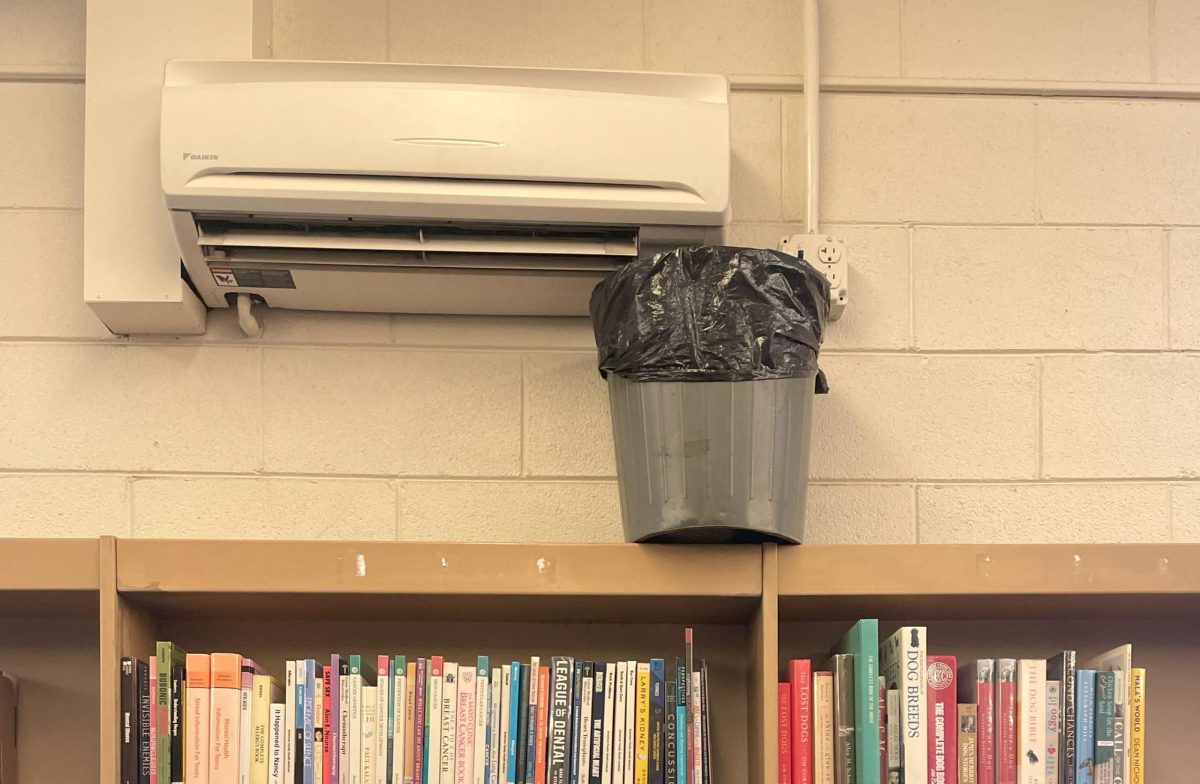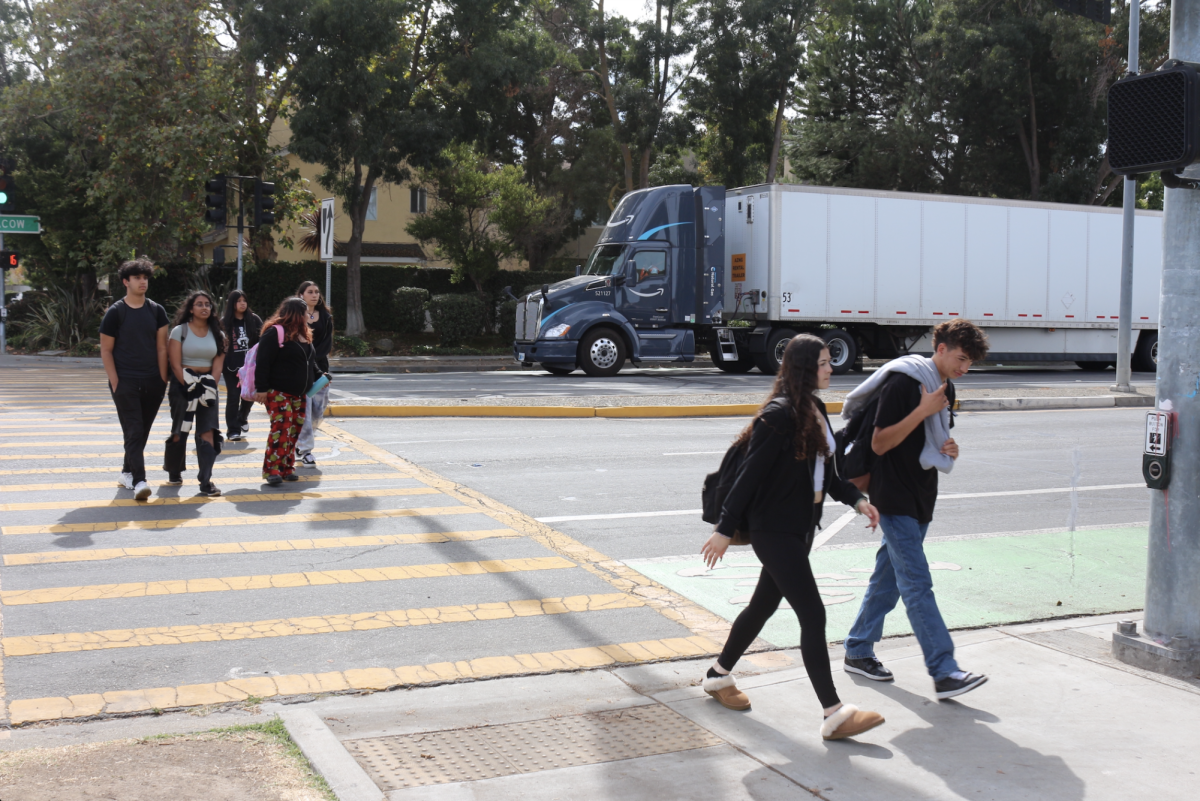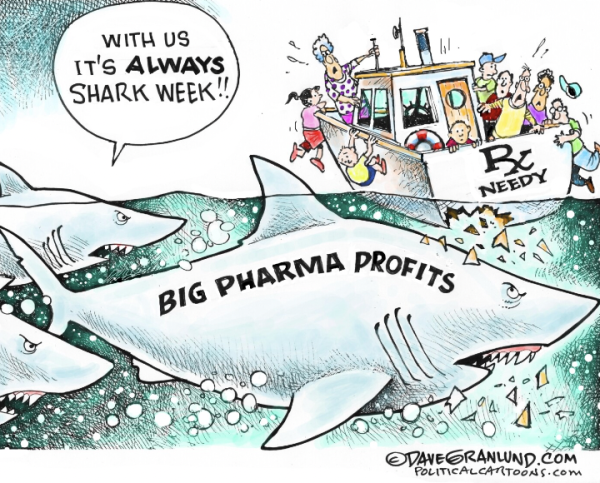With only the Best Intentions: Puppy Mill Ban
October 22, 2017
Stuck behind the rusty, half-broken bar of a damaged cage, a malnourished, half-conscious tuft of fur struggles to dislodge itself from a pointy ledge in an attempt to avoid the puddle of feces and shed fur across the stained floor. Though this sounds like the setting of some isolated, third-world country, similar conditions are rife in both legal and illegal breeding facilities across America. While the federal Animal Welfare Act (AWA) requires breeders to be licensed and inspected by the U.S. Department of Agriculture, the federal standards that breeders are required to meet are minimal, allowing potential pets to be stuffed in suffocating cages mere inches larger than their bodies and face a multitude of communicable diseases, behavioral issues, and genetic disorders without any proper care.
To mitigate the alarming situation, California legislators passed the Pet Rescue and Adoption Act (AB 485) in an unanimous 32–0 vote on Sep. 14, igniting much controversy. garnering earnest support from the likes of the Humane Society yet condemning criticism from the Pet Industry Joint Advisory Council, which roasted the ban for demonizing all pet breeders and forcing pet stores to the brink of bankruptcy. Banning pet stores from selling dogs, cats, and rabbits outside of rescue organizations, and shelters, the colloquially known “puppy mill ban” is a statewide effort, which mirrors smaller but similar legislations in some 230 municipalities across the U.S., to cut off the flow of profit to inhumane puppy mills, cat factories, and other breeding facilities. Should the legislation pass, violators would face a $500 penalty.
Yet rather than permanently adopt the puppy mill ban, the state government should try the measure for the time being while working to truly bring a certain degree of order to the pet industry. The proposed “puppy mill ban”, though well-intentioned, fails to address the underlying profit pipeline to the ostensibly inhumane puppy mills—the messy disarray surrounding regulating breeding facilities, including some that shouldn’t be lazily wiped out by just a single measure. Contrary to the beliefs of the lawmakers and organizations lending their wholehearted support to the legislation, the Pet Rescue and Adoption Act, is not the optimal answer to bringing an end to profit-driven pet mills, but only a temporary solution.
As theorized by the many supportive lawmakers, the Pet Rescue and Adoption Act involves objectively multifaceted benefits—the main objective would be quickly achieved: removing “puppy mills” with rather crude conditions but would otherwise still be able to obtain a legal license. The Pet Rescue and Adoption Act would simply outlaw the entirety without dealing igniting lawsuit upon lawsuit. Furthermore, the quarter billion dollars from California taxpayers to care for and house stray and abused animals could be directed towards other, more pressing needs. While dissenters may believe that the measure ends business in pet stores,animal shelters and rescues would have the flexibility and ability to adapt to changes and obtain more breeds. Additionally, in towns and cities already governed by similar measures, pet stores are generally unaffected.
Even with those benefits, a direct ban of all commercialized pet breeds makes the black market inevitable, due to both the inevitable limit of available breeds and human greed. Though this notion may sound inane to most, black markets are, as cynical as that may sound, a staple of society since the beginning of civilization. Therefore, the puppy mill ban cannot be a permanent solution to the animals’ plight. Among the more prominent examples, the Eighteenth Amendment, or the nationwide Prohibition in the United States of the Roaring Twenties, proved an obvious failure. Ironically, the same era of the prohibition was the era of high-life partying, during which illegal alcohol consumption was simply a given among the wealthy elite. This applies to a lot of other bans, like the puppy mill ban—breeders with tons of money will engage in illegal transaction because animal breeds will be limited. Though many argue that a good number of municipalities are already implementing similar measures, it’s clearly a huge problem still, so obviously, it’s not completely working. Less than 2,000 out of 10,000 commercial breeders have a legitimate license.
Currently, the domestic pet industry is in major disarray, as the line between “responsible” breeders working to raise healthy pets and “greedy” breeders only concerned about profit becomes increasingly blurred. All of this is due to the sheer amount of underregulation throughout the country. Accounts of pet breeders in puppy mills who want to provide better conditions for the animals, but find it too difficult to manage, are numerous, which is why government regulation is important. It’s true that conditions are really bad in some places, but there are indeed some private breeders that do raise their pets responsibly. Overall, the overarching issue is underregulation. Literally less than one-fifth of all breeding facilities have obtained a license from the United States Department of Agriculture, even with the already sparse requirements. In an even more ludicrous turn, the USDA recently removed all breeder licensing and inspection data from their website. Having nation-wide check-ups of all the facilities, as well as dramatically raising solutions, are the first baby steps towards a safer, more regulated pet industry. All of this takes time, so for the time being the ban might work.
Only with government regulation and enforcement, strict penalty—far more than the mere $500 ban—for breaking the law by operating without a license, and rewarding those who actually do uphold the law and report violators.





















